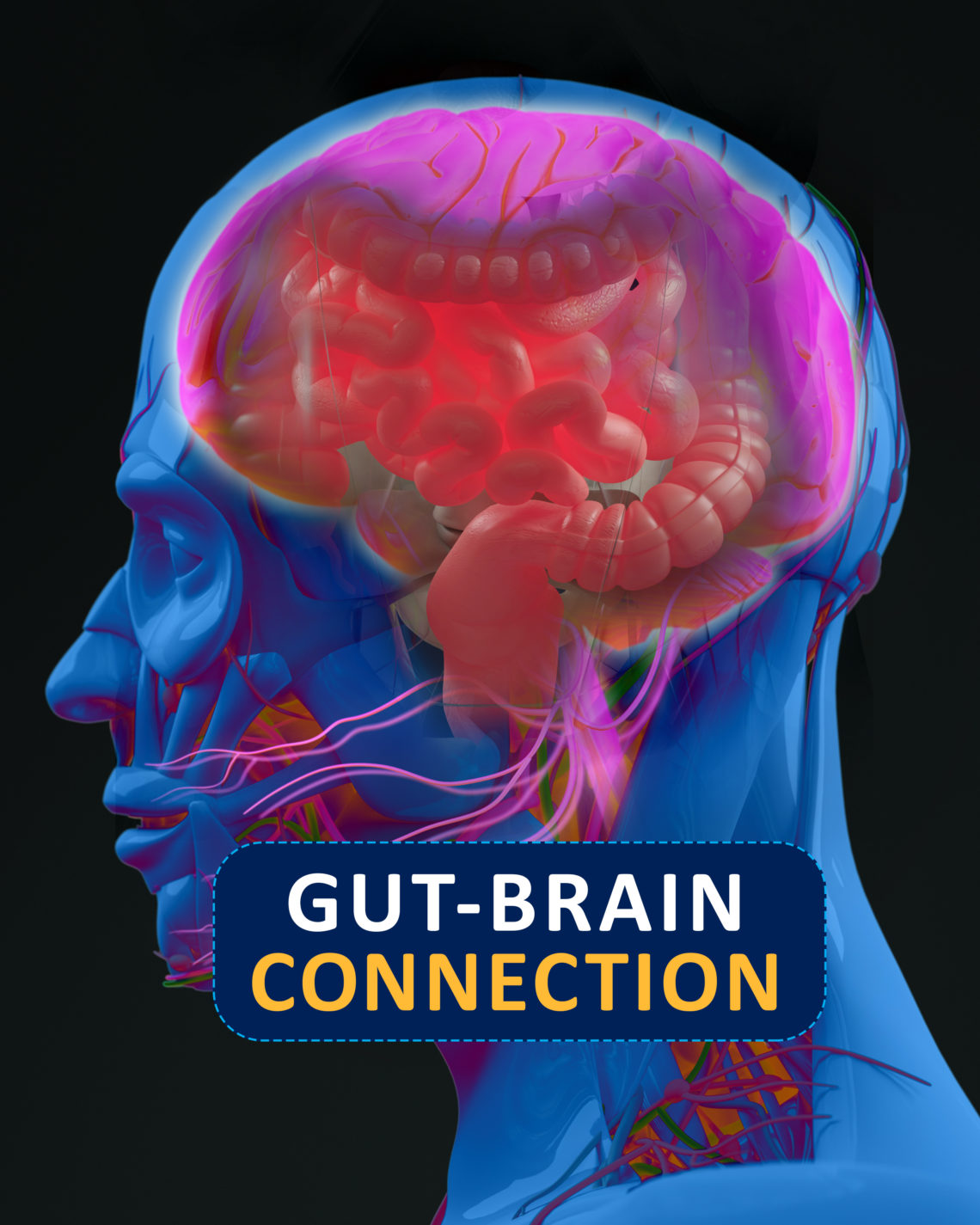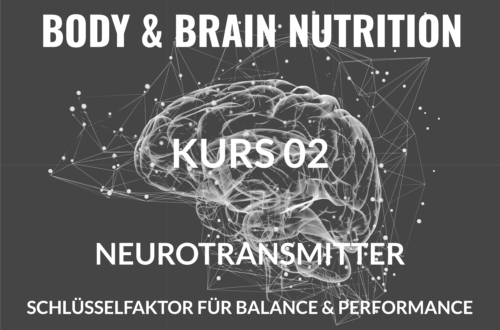
How balance can impact your gut health
Have you tried everything possible to get rid of your gut disturbances but the issues are still there? Maybe you just have a compromised vestibular system. Gut health and inner ear function are closely related and in this blog I will explain why.
Gut disturbance symptoms like gas, bloating, indigestion, pain, abdominal cramping or increased levels of inflammation are very common in Western societies characterized by hectic lifestyle, lack of movement and poor dietary choices. Most functional medicine practitioners nowadays will start pinning down the root cause for your gut issues by looking at your diet and microbiome and include other lifestyle factors like stress, sleep, etc. While the typically applied 4R-Model of functional medicine (remove, restore reinoculate, repair) often achieves great results, in some cases the symptoms are just not going away. And while most practicioners work to restore the brain gut axis, they often overlook one important system that is connected to the gut: the vestibular system (balance system, inner ear).
The inner ear, called the vestibular system, functions like the GPS system in your car. Its main job is to determine where you are currently located and in which direction you are going versus gravity. For instance, being able to identify if you’re upright, left side up and where you’re going are all attributed to the inner ear. It’s a pretty complex structure of small organs, semicircular canals, unique structures, tiny hairs and liquid. Whenever we move our head, the structures inside our inner ear receive input and liquid is then moved through the semicircular canals and provides us valuable information of our orientation to the ground. Poor integration of the inner ear can lead to unique expressions of discomfort and even poor gut health.
The vestibular system goes into a part of the brain called the insular cortex or insula for short. The insula lives under the parietal, temporal and frontal lobes of the brain. It is well “insulated” under all these other lobes, hence the name insular cortex, The insular cortex plays a big role in many different things like breathing, helping us feel grounded and stable; it also plays a big role in determining the degree of pain we experience.
The nervous system houses not only sensory and motor maps but our body also has a gut map, which lives in the insula. Think of this gut map the same way you would think of your movement maps for your body. A clear map equals pain-free, quality movements (think easy digestion and pain-free bowel movements) . Blurry maps, however, can often lead to rigid or painful movements (think gas, bloating, cramps). And because the vestibular system also feeds into the insula, and pain is analyzed in that area of the brain, stomach issues and vestibular issues go hand in hand. As the two systems “live” closely together in the insula, the activation of the vestibular system has the potential to activate the gut and thereby reducing the blurriness until the body map is clear again.
In that sense, working together with me as a certified Z-Health Reeducation and Integration specialist to activate and stimulate your compromised vestibular system can help with your gut disturbances if nothing else was successful sofar.
If you want to learn more about how Z-Health integrates movement, balance and vision please check out Z-Health on the Sport tab on this website or check out https://zhealtheducation.com.






